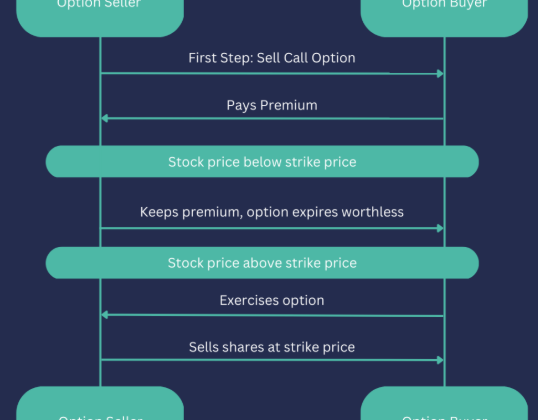
In today’s interconnected world, emerging markets like India, China, and Brazil are becoming increasingly accessible to investors. With the rapid growth of these economies, many investors are looking to diversify their portfolios by adding stocks from emerging markets. But how does value investing work in these regions? Can the traditional methods of discounted cash flow (DCF) still apply? Let’s explore how to approach value investing in emerging markets.
Understanding Emerging Markets
The term “emerging markets” refers to economies that are in the process of industrialization and integration into the global economy. This concept gained prominence in the 1980s and 1990s when nations like China, India, and Brazil began opening up their economies to global trade. These countries, which were previously focused on resource extraction and manufacturing, now attract investors interested in tapping into their rapid growth.
Emerging markets are often characterized by volatility, but they also offer unique opportunities for long-term growth. However, valuing companies within these markets presents challenges due to factors like currency fluctuations, inflation, and political risk.
How Discounted Cash Flow (DCF) Works in Emerging Markets
Discounted Cash Flow (DCF) is a common method used to evaluate companies, including those in emerging markets. DCF estimates a company’s value by forecasting its future cash flows and adjusting them for the time value of money. While the core principles of DCF remain the same for both developed and emerging markets, several unique factors must be considered when valuing companies in emerging economies.
Key Factors to Consider
- Exchange Rates and Currency Risks
In emerging markets, the local currency often fluctuates significantly against established currencies like the US dollar. While some analysts dismiss the impact of exchange rates, the local currency’s value can influence future business estimations. A sensitivity analysis can help gauge how exchange rate fluctuations affect a company’s value. Additionally, emerging market currencies generally follow the Purchasing Power Parity (PPP), meaning that exchange rate changes can have a minimal effect on future business forecasts if adequately considered. - Inflation
Inflation plays a significant role in emerging markets, particularly in countries with volatile economic conditions. Estimating future cash flows in both nominal and real terms is essential to account for inflation’s impact. Proper adjustments to the DCF equation can neutralize inflation’s effect and provide more accurate valuations.
Adjustments for DCF in Emerging Markets
To make DCF applicable in emerging markets, several adjustments must be made:
- Capital Costs
Estimating the cost of capital in emerging markets is more challenging due to the higher risks involved. In developed markets, the risk-free rate is often based on government bonds. However, bonds in emerging markets cannot be considered risk-free. To adjust, the inflation rate differential between the emerging market and a developed nation, along with long-term bond yields from the developed country, should be added. - Debt Costs
Estimating the cost of debt is another hurdle in emerging markets. Debt in these markets typically comes at a higher risk, so a premium must be added to the risk-free rate. A good method is to use the spread from similar debt issues in developed countries, which helps provide a more realistic estimate of the company’s debt costs. - Weighted Average Cost of Capital (WACC)
A country risk premium should be added to a company’s WACC when calculating the DCF in emerging markets. This premium reflects the additional risk associated with investing in a particular country. The premium can be determined using the Capital Asset Pricing Model (CAPM), which incorporates historical stock returns to ensure the company’s specific risks are taken into account. - Peer Comparison
Just as with companies in developed markets, comparing a company’s performance with that of its peers is crucial. This peer comparison helps provide context for a company’s financial health and competitive standing within its industry. In emerging markets, it’s especially important to compare companies operating in similar economic environments to get a true picture of their performance.
Conclusion
Valuing companies in emerging markets may seem daunting at first, but the core principles of value investing still apply. By making the necessary adjustments for factors like exchange rates, inflation, and risk premiums, investors can successfully use methods like DCF to evaluate companies in rapidly growing economies. Countries like China, India, and Brazil are making significant strides in the global economy, and understanding how to value companies in these regions is essential for any investor looking to build a diversified, global portfolio.
















